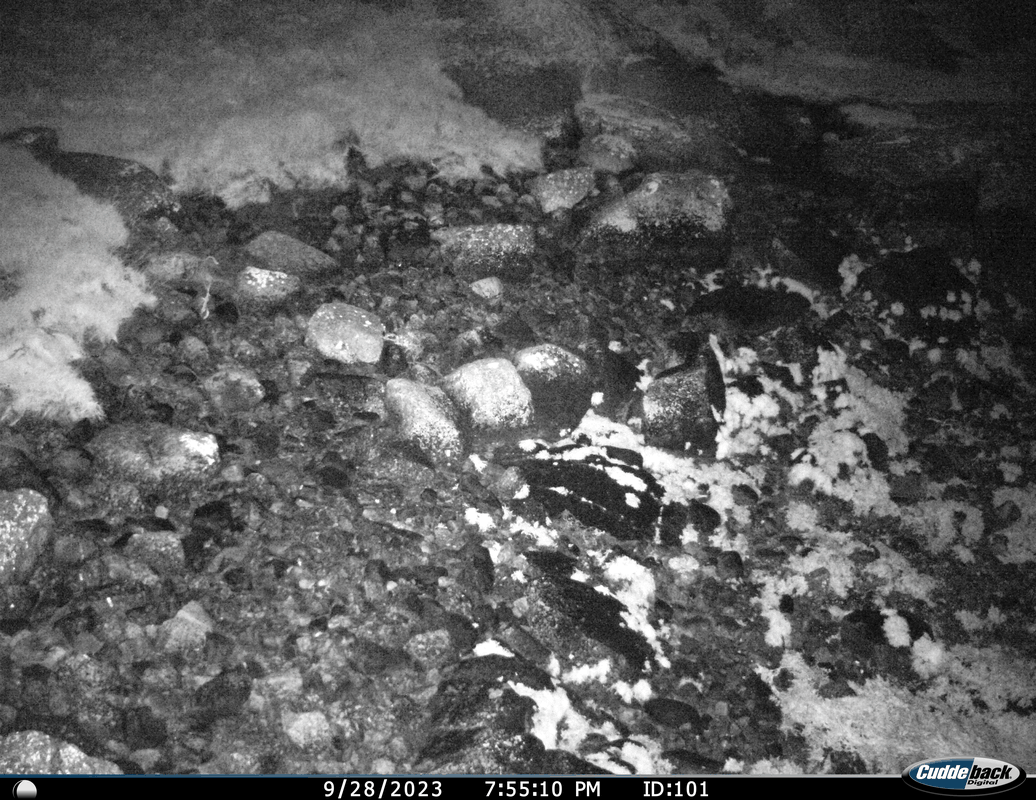Monitoring Plastic Pollution in Frøya's Archipelago with AI

In the peaceful waters of Frøya's Archipelago, located off the coast of Norway, a silent crisis unfolds: plastic is polluting hundreds of small islands. This newly initiated project in the archipelago seeks to leverage artificial intelligence (AI) to monitor and combat the plastic pollution washing up on its shores.
Frøya's Archipelago: A Natural Filter of Floating Debris
Plastic pollution has escalated into one of the most pressing environmental issues of our time. Every year, millions of tons of mismanaged plastic waste enter our oceans, carried by rivers, winds, and tides. This has profound implications for regions like Frøya's Archipelago, where the currents deposit significant amounts of plastic on the shores.

Frøya's Archipelago, with its strategic location in the path of the Gulf Stream's currents, acts as a natural filter, intercepting floating debris. The shores now bear witness to the relentless accumulation of plastic waste. The consequences of this pollution are manifold. Marine life suffers greatly; seabirds, fish, and mammals mistake plastic for food, leading to ingestion and entanglement. The degradation of plastics results in microplastics, tiny particles that can penetrate deep into the marine food web and even into the human food chain. Beyond the ecological impacts, the aesthetic degradation of natural landscapes like Frøya's Archipelago diminishes their recreational, cultural, and economic value. Monitoring this accumulation is not just crucial for understanding the scale of pollution but also for initiating effective cleanup and prevention strategies.
The Role of Artificial Intelligence in Environmental Monitoring
In response to this pressing issue, a pioneering project is being launched in the archipelago, where multiple cameras are being installed at strategic locations to capture the influx of plastic debris. These images serve as the eyes of an AI-driven monitoring system designed to detect plastic litter. By analyzing images taken at hourly intervals along the shoreline, AI algorithms can track the accumulation of plastic debris over time. This information is invaluable for scientists, conservationists, and policymakers working to address the issue of plastic pollution.

AI and machine learning algorithms are at the heart of this project, offering a way to sift through vast amounts of visual data quickly and accurately. By training these algorithms to recognize plastic debris, the project aims to automate the detection process, providing real-time insights into how, where, and when plastic accumulates.
Benefits of AI in the Fight Against Plastic Pollution
- Efficiency: AI can analyze large datasets far quicker than humanly possible, making it feasible to monitor extensive coastal areas continuously.
- Accuracy: With the ability to learn from thousands of images, AI models reduce the likelihood of human error, ensuring precise detection and classification of plastics.
- Data-Driven Insights: The project will generate a wealth of data on pollution patterns, informing more effective cleanup operations and preventive measures.
This project is in its early stages, with cameras currently being installed across the archipelago. These cameras will feed images into the AI system, which will analyze the data to map the distribution and accumulation of plastic waste. Over time, the system accumulates a wealth of data, revealing trends in pollution accumulation. This information is crucial for both for developing biodiversity impact models and for targeted interventions, from cleanup efforts to policies aimed at reducing plastic usage. This technological approach not only enhances our understanding of plastic pollution dynamics but also aids in the development of targeted cleanup operations. By pinpointing hotspots and timing of litter accumulation, cleanup efforts can be directed more effectively.
Looking Ahead
The integration of AI into environmental conservation efforts in Frøya's Archipelago represents a fusion of technology and nature, offering a glimpse into the future of environmental protection. As AI technology advances and becomes more accessible, its potential for addressing global challenges like plastic pollution continues to grow.
However, technology alone cannot solve the problem. Reducing plastic pollution requires a multifaceted approach, including policy changes, public education, and improvements in waste management practices. AI provides us with the tools to understand and combat pollution more effectively, but collective action is essential to create a sustainable future for places as vulnerable as Frøya's Archipelago.

